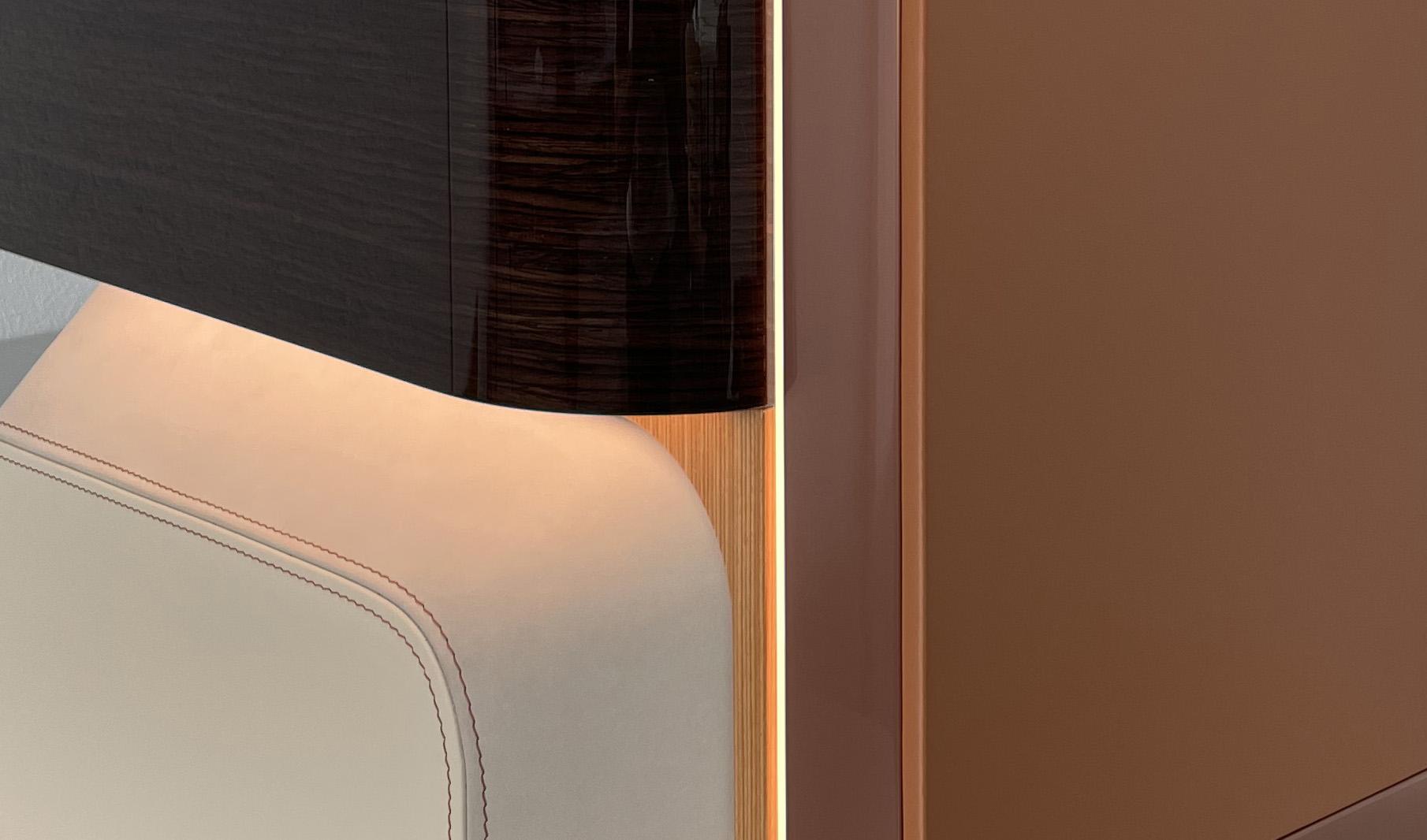In recent years, progress in technological advances has been visible in many areas. Whether it is medicine, astronomy, automotive or aviation, all these fields are subject to many technological changes. But in the field of private aviation, progress has been remarkable and has made it possible to offer ever more prestigious flying comfort. Thanks to the expertise of M&R associates’ designers, let’s discover the latest technologies on board the world’s most luxurious private aircraft.
Improving ambient air quality
Due to a very high altitude in mid-flight, the ambient air in the cabin can sometimes cause passengers to feel tired or dry. For example, some private aircraft, such as the Gulfstream G600, are now able to provide regular ambient air renewal to alleviate the effects of altitude. Other private aircraft even offer air decontamination systems or humidification systems. All these elements contribute to a better air quality in the cabin and therefore a much more pleasant journey.
Adapted and synchronized lighting
The aircraft manufacturer Bombardier recently demonstrated a major technological advance in terms of lighting on board private aircraft. With its innovative system, called “Soleil”, the lighting on board is perfectly designed to help passengers change time zones effortlessly. This allows to adjust the shades of blue and red light according to the time of day (in the destination country). As an example, the activation of a bluer light at bedtime will promote the production of sleep hormones, thus making it easier for travellers to fall asleep at the time that corresponds to the time zone of the destination country. On the contrary, at the time of waking up, the activation of a redder shade of light will perfectly wake up the passengers, and this in the most natural way possible.
According to the designers of M&R associates design, on-board lighting is an essential aspect of comfort. It largely contributes to the creation of a space in accordance with the customer’s needs. Thus, the designers develop lighting scenarios for all their projects on Airbus and Boeing. They consider that this work of light allows both to give rhythm to life on board and also to highlight certain areas of the cabin.
Impressive on-board connectivity
Of course, the multimedia systems embedded in private jets continue to offer ever more impressive comfort and connectivity. Indeed, 4K roll-up screens are increasingly visible in modern private aircraft. There is also an increasing appearance of LED panels, allowing a sky effect on board. In addition, screen touch is developing on many levels to facilitate control of lightning, multimedia, and communication with the crew.
Regarding M&R associates design’s projects, the founders emphasize the importance of connectivity and interactivity of passengers on board. They often integrate large, sometimes tactile, screens on board. For instance, for one of their projects on an VVIP ACJ 330-200, they were able to install the largest certified TV screen to date, with a size of 75 inches.
All these elements are relevant examples of recent technological advances developed by aviation manufacturers. But other innovations will appear in the coming months and years. We are talking about access to 5G, access to drinking water, and even a fully glazed fuselage within a few years…



